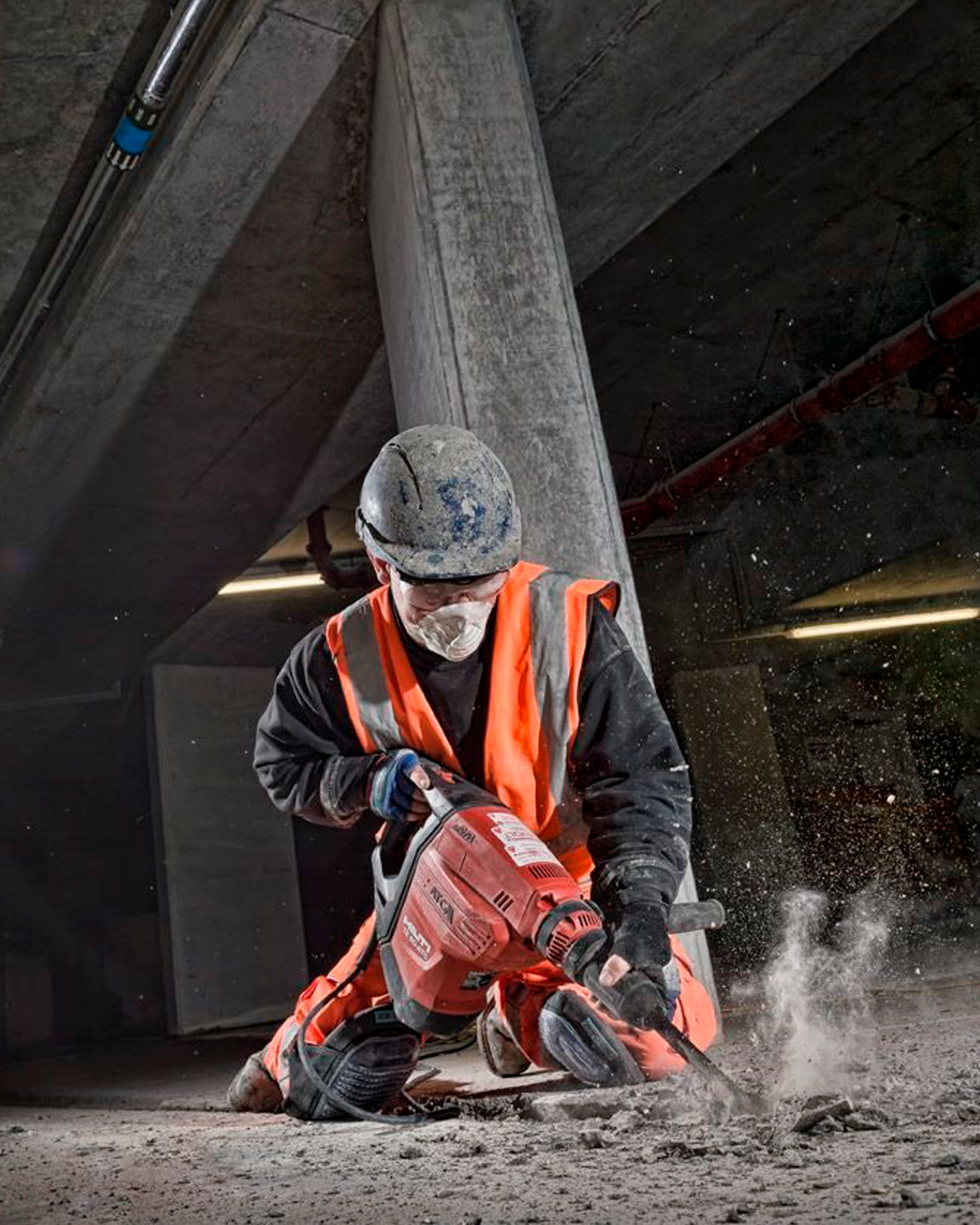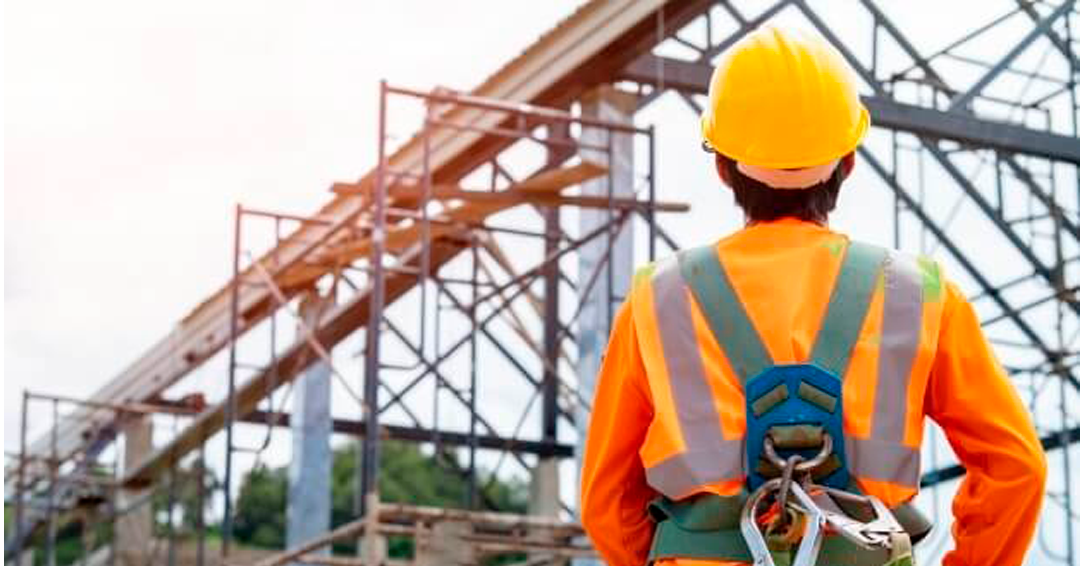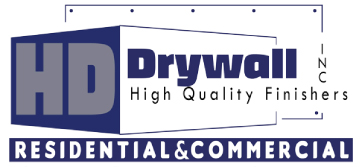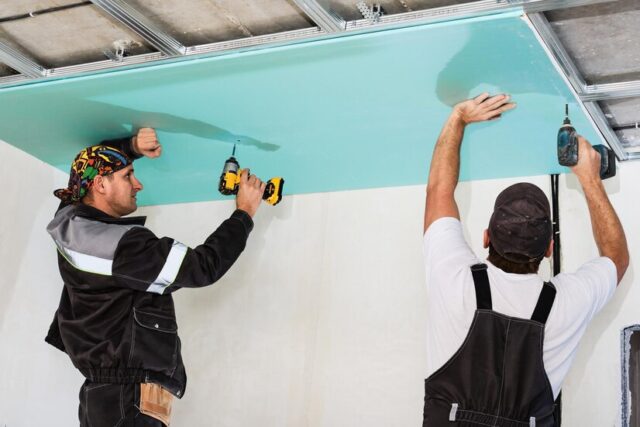5 Most Important Tips for Construction Safety
Construction safety is a major concern on any construction project. Construction workers face many potential hazards on the job, such as injuries from falls, struck-by injuries, electrocution and other hazards related to the use of machinery and tools. To reduce these risks and ensure worker safety, it is important to follow certain construction safety tips. Here are five very important tips regarding construction safety:

Planning and risk assessment:
Planning and risk assessment is an essential process to ensure construction safety. The main objective of risk assessment is to identify and evaluate the potential hazards and risks associated with the construction project and then develop a safety plan to mitigate or reduce these risks. Some of the potential hazards and risks in construction may include falls from height, electrical shock, fire, machinery and tool injuries, among others.
To conduct an effective risk assessment, all stakeholders must be involved, including workers, supervisors and project managers. It is important to conduct a detailed review of the construction site and consider all potential hazards, including climate, topography and project-specific requirements. In addition, it is important to consider relevant safety laws and regulations, such as Occupational Safety and Health Administration (OSHA) standards.
Once risks have been identified, steps should be taken to mitigate or reduce these risks. This may include implementing safety measures, such as installing protective barriers, posting warning signs, using safety equipment, and training workers. It is also important to have contingency and emergency plans in case an incident occurs.
In summary, planning and risk assessment is an essential process for ensuring construction safety. By identifying and assessing potential hazards and risks and developing a safety plan to mitigate these risks, you can reduce the possibility of incidents and ensure the safety of workers in construction.
Training and coaching:
Training and education are crucial aspects of ensuring safety on the job in construction. Workers must be equipped with the knowledge necessary to perform their work safely and avoid injuries or accidents. Training and education should be comprehensive and address a wide range of topics, including hazard identification, proper use of personal protective equipment (PPE), safe handling of machinery and tools, safe working practices at heights and in confined spaces, among others.
It is important that all workers receive adequate training before starting any task at the construction site. Workers should be trained in the identification of hazards and risks, as well as the corresponding safety and protective measures to prevent or reduce risks. It is also important that workers are trained in the proper use of personal protective equipment, such as hard hats, safety glasses, gloves, and safety harnesses.
In addition, workers should be trained in the proper use of machinery and tools. This includes understanding operating instructions, proper maintenance and regular safety checks of equipment.
Another important aspect of safety training and coaching is effective communication. Workers should be encouraged to communicate any safety concerns they have and to immediately report any incidents or accidents that occur on the construction site.
In summary, training and coaching are key aspects of ensuring safety on the construction job. By providing adequate training and education to workers, the risks of injuries and accidents can be reduced, and construction site safety can be improved.

Proper use of personal protective equipment (PPE):
The proper use of personal protective equipment (PPE) is essential to ensure safety on the job in construction. PPE refers to any equipment or device designed to protect workers from injury or illness in the workplace. Examples of PPE include hard hats, safety glasses, gloves, safety boots, safety harnesses, and respirators.
It is important that workers are trained in the proper use of PPE before beginning any task at the construction site. This includes the selection and proper fit of PPE for the specific job to be performed. Workers should ensure that PPE is in good condition, free of damage or defects, and should replace equipment if any problems are detected.
Workers should wear the appropriate PPE for the work they are performing. For example, workers performing tasks that generate dust or fumes should wear an appropriate respiratory mask to prevent inhalation of hazardous substances. Workers performing tasks that involve handling heavy objects should wear appropriate safety gloves and boots to avoid injury to hands and feet.
It is important for workers to understand that PPE is their last line of defense against injury or illness in the workplace. Therefore, they should wear PPE at all times and should not make exceptions or compromise their safety for any reason.
Maintenance of equipment and tools:
Proper maintenance of equipment and tools is a crucial aspect of ensuring safety on the job in construction. Equipment and tools in poor condition can pose a hazard to workers, increasing the risk of accidents and injuries. Therefore, it is important to perform regular inspections and preventive maintenance of equipment and tools in the workplace.
Preventive maintenance involves regular inspections to detect potential problems and repair them before they become safety hazards for workers. This may include regularly cleaning tools, lubricating equipment, replacing worn parts, and making necessary repairs.
In addition, it is important that workers know how to use equipment and tools correctly, as improper use can wear out or damage equipment. Workers should be trained in the proper use of equipment and tools before beginning any task at the construction site.
Equipment and tools should be stored safely to prevent damage and to keep them from falling on workers. Tools should be placed in designated and organized locations to prevent trips and falls.
Finally, equipment and tools that are no longer safe or cannot be repaired should be removed from the construction site. Workers should be informed and trained on how to inform their supervisors if they identify damaged or dangerous equipment or tools on the job site.
Effective communication:
Effective communication is essential to ensure safety on the job in construction. Communication is necessary to ensure that all workers are informed and updated on potential hazards and risks in the workplace, as well as to ensure that safety procedures are followed and proper safety measures are implemented.
Effective communication begins with training workers in workplace safety. Workers must be informed about potential hazards and risks in the workplace, and they must know how to identify and report potential hazards. In addition, they must be trained on the safety procedures and personal protective equipment (PPE) needed to perform their work safely.
Effective communication also implies the need for open and transparent communication between workers and supervisors. Workers should feel comfortable and safe reporting hazards and risks they identify, and supervisors should take seriously any reports of danger or unsafety in the workplace. In addition, supervisors should be available and accessible to answer questions and provide guidance to workers.
Communication is also important for coordination among workers in the workplace. Effective communication between workers is necessary to avoid collisions and other hazards that can result from a lack of coordination. This may involve the need for clear and visible signage, coordination of work schedules, and clear and effective communication between workers during the performance of tasks.





